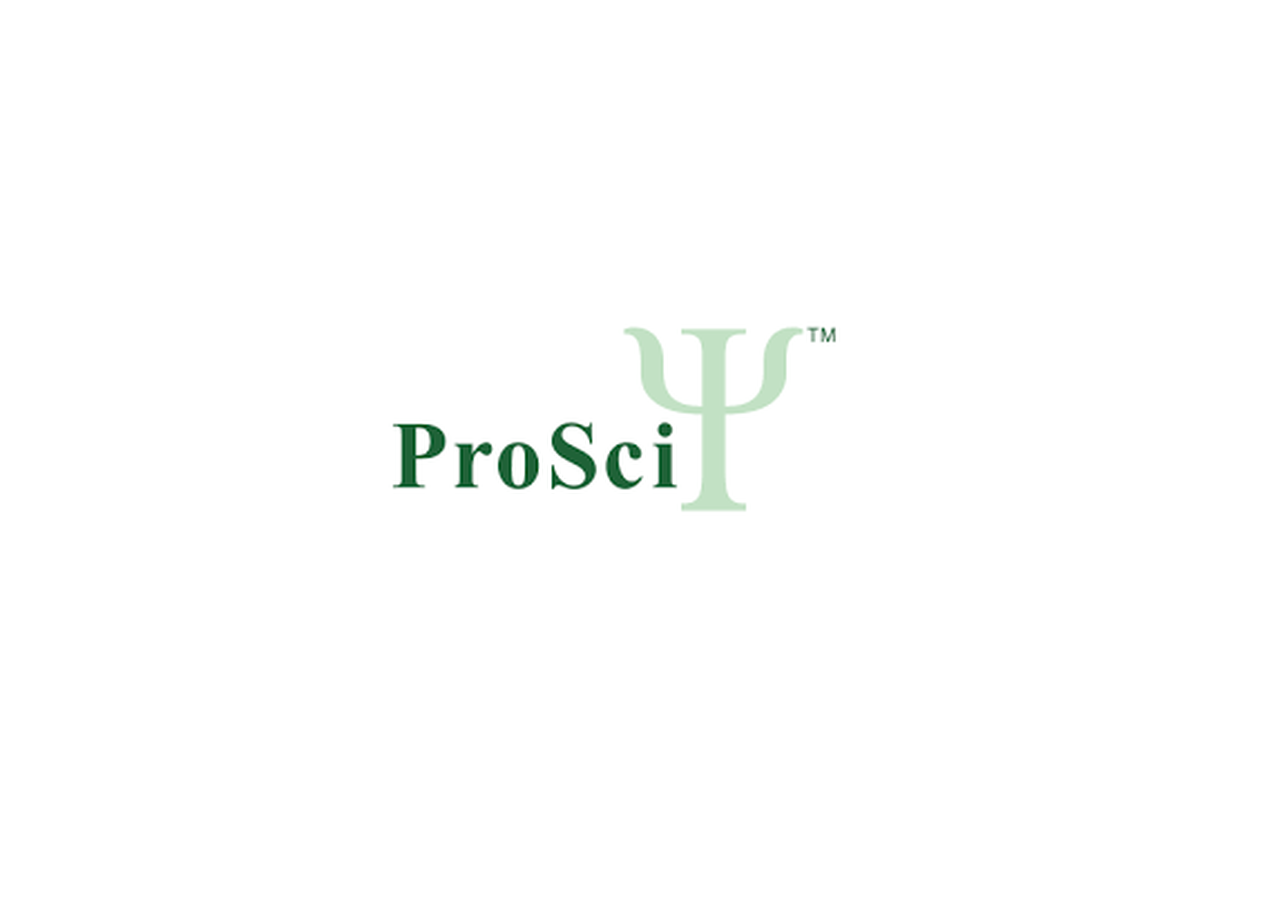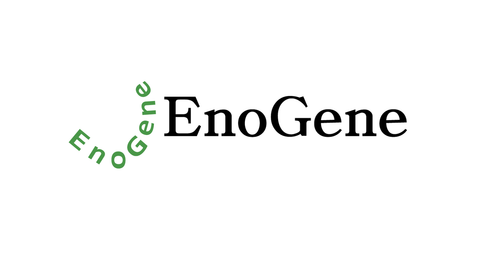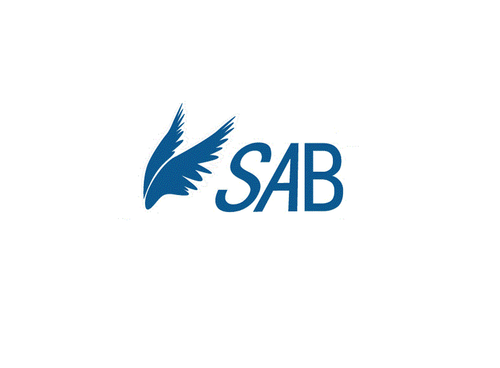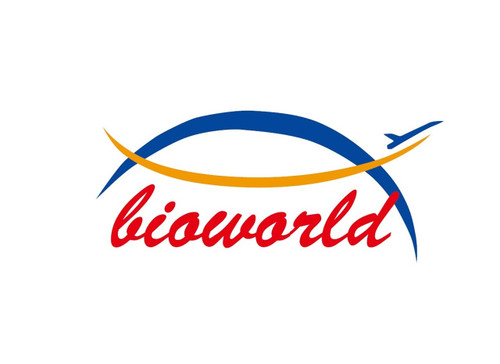Product Description
DLX6 Antibody | 58-638 | ProSci
Host: Rabbit
Reactivity: Human
Homology: Predicted species reactivity based on immunogen sequence: Mouse
Immunogen: This DLX6 antibody is generated from rabbits immunized with a KLH conjugated synthetic peptide between 91-119 amino acids from the Central region of human DLX6.
Research Area: Other
Tested Application: WB
Application: For WB starting dilution is: 1:1000
Specificiy: N/A
Positive Control 1: N/A
Positive Control 2: N/A
Positive Control 3: N/A
Positive Control 4: N/A
Positive Control 5: N/A
Positive Control 6: N/A
Molecular Weight: 20 kDa
Validation: N/A
Isoform: N/A
Purification: This antibody is purified through a protein A column, followed by peptide affinity purification.
Clonality: Polyclonal
Clone: N/A
Isotype: Rabbit Ig
Conjugate: Unconjugated
Physical State: Liquid
Buffer: Supplied in PBS with 0.09% (W/V) sodium azide.
Concentration: batch dependent
Storage Condition: Store at 4˚C for three months and -20˚C, stable for up to one year. As with all antibodies care should be taken to avoid repeated freeze thaw cycles. Antibodies should not be exposed to prolonged high temperatures.
Alternate Name: Homeobox protein DLX-6, DLX6
User Note: Optimal dilutions for each application to be determined by the researcher.
BACKGROUND: Dlx genes are a highly conserved family of six different (Dlx1–6) homeo box-containing genes that share homology with distal-less (Dll) , a gene expressed in the head and limbs of the developing fruit fly. Dlx genes are expressed in spatially and temporally restricted patterns in craniofacial primordia, basal telencephalon and diencephalon, and in distal regions of extending appendages, including the limb and the genital bud. The differential expression of Dlx influences patterning, morphogenesis and histogenesis in these tissues. The Dlx gene products can activate transcription and are localized primarily to the nucleus, although Dlx-5 can be found in the cytoplasm. Dlx proteins influence different stages of proper tissue development, including patterning of the orofacial skeleton (craniofacial ectomesenchyme) and differentiation of structures within and between teeth.
 Euro
Euro
 USD
USD
 British Pound
British Pound
 NULL
NULL










